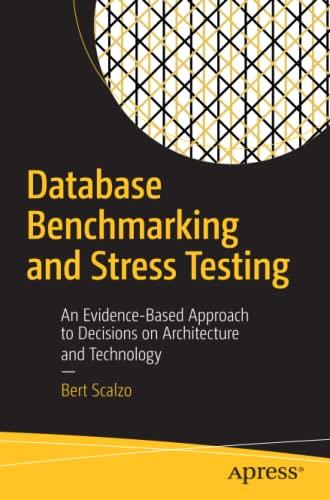

Question 3 (2 points) (This question is related to IL01- "be able to explain the terminologies of computer networks" and ILO3 -"be able to calculate packet delay, throughput, and channel efficiency according to different network protocols".) a) (0.3) Consider the following packet-switched network with two hosts (A and B) connected directly with a physical link with a link transmission rate of 100 Mb/s. The distance between hosts A and B is 300 km and the signal propagation speed through the network is 2x108 m/s. Each packet can carry a payload of 1200 bytes and the packet header is of size 10 bytes, i.e the maximum size of a packet is 1210 bytes. 300 km 100 Mb/s Host A Suppose host A wants to transmit a file of size 24000 bytes to host B. Determine how long it will take to transmit the entire file (all bits) from A to B. Assume that the packets can be sent continuously. Also assume that there are no errors; thus, reliability is not a concern and acknowledgment will not be needed. Host B b) (0.3) Suppose the above packet-switched network changes its maximum packet size to 810 bytes, i.e., the size of payload is 800 bytes and the header size is 10 bytes. How long will it take to transfer the same file across the network (given the new packet size)? c) (0.7) Instead of connecting hosts A and B directly, they are connected by three physical links with two switches in between (as shown in below diagram). 50 km 150 km 100 km 100 Mb/s 100 Mb/s 100 Mb/s Host A Host B As in part (a), this network supports a packet size of 1210 bytes (payload - 1200 bytes and header - 10 bytes). Determine how long it will take to transmit the same file across this network. Ignore the switch's processing delay and assume no other traffics are using the network. d) (0.7) To reduce the cost, the network engineer decides to use a slower link (50 Mb/s) to connect the two switches (as shown in below diagram). 50 km 150 km 100 km 100 Mb/s 50 Mb/s 100 Mb/s Host A As in part (a), this network supports a packet size of 1210 bytes. Determine how long it will take to transmit the same file across this network. Ignore the switch's processing delay and assume no other traffics are using the network. Further assume that the switches have enough buffers to temporary store the packets. Host B








